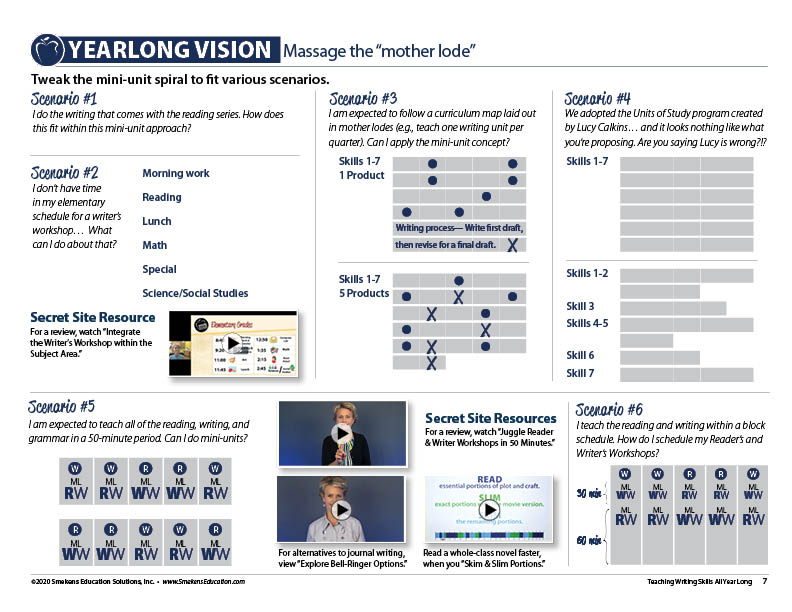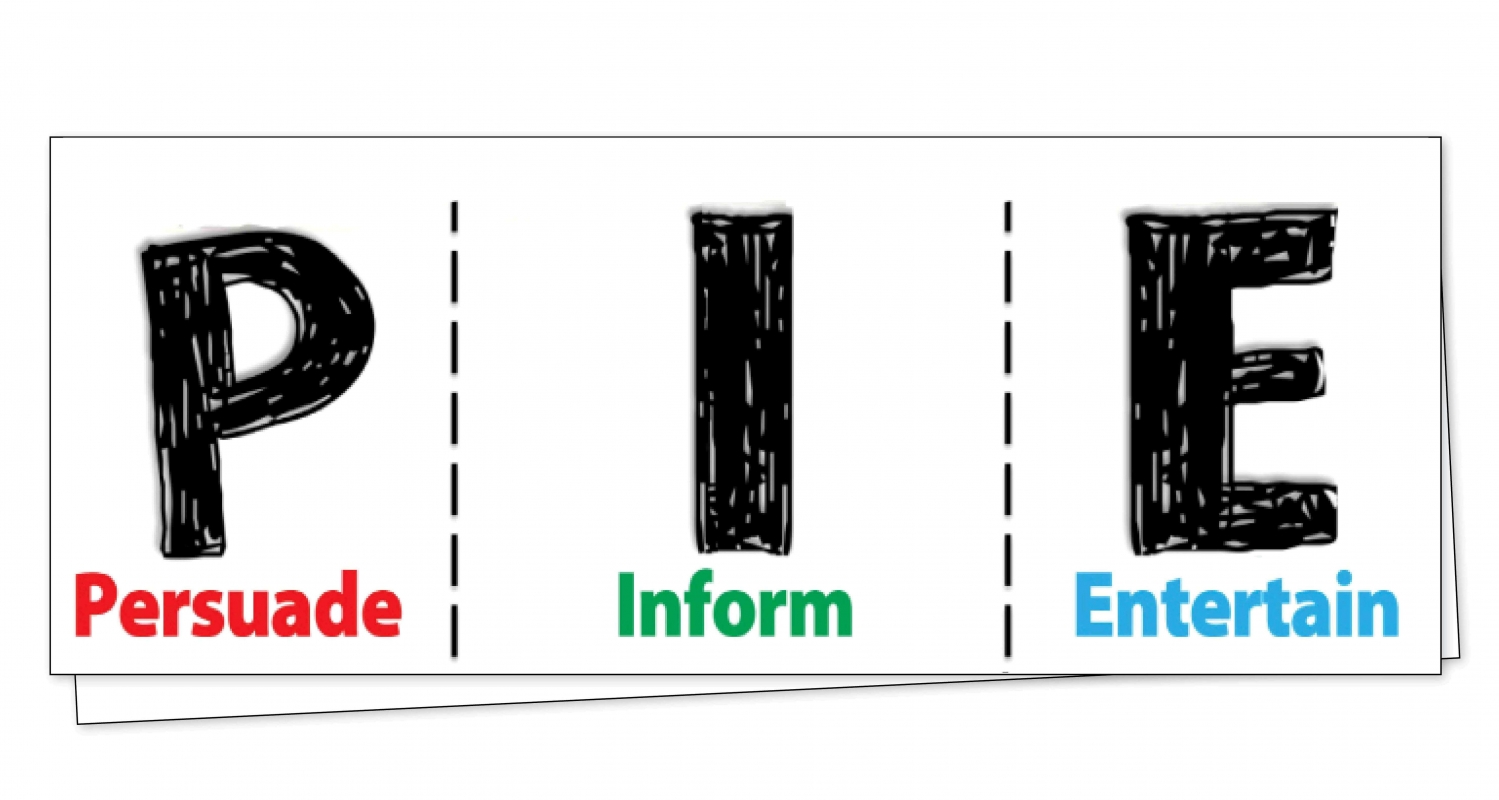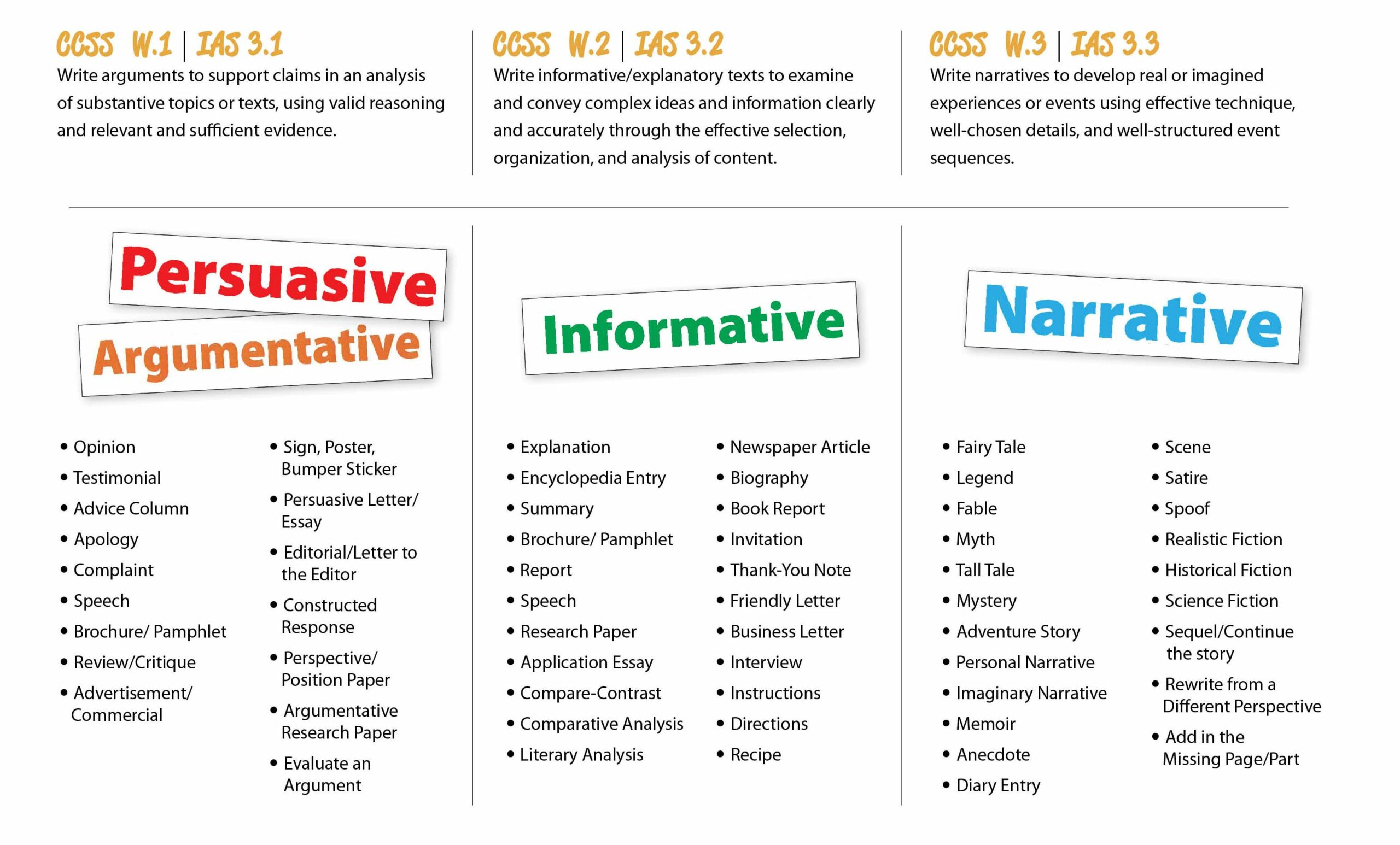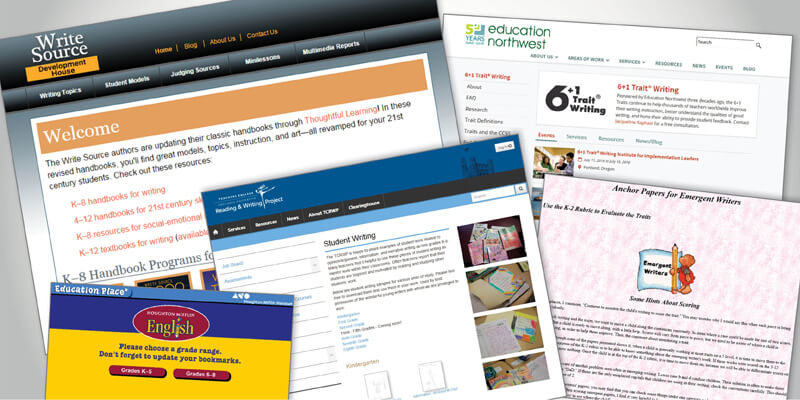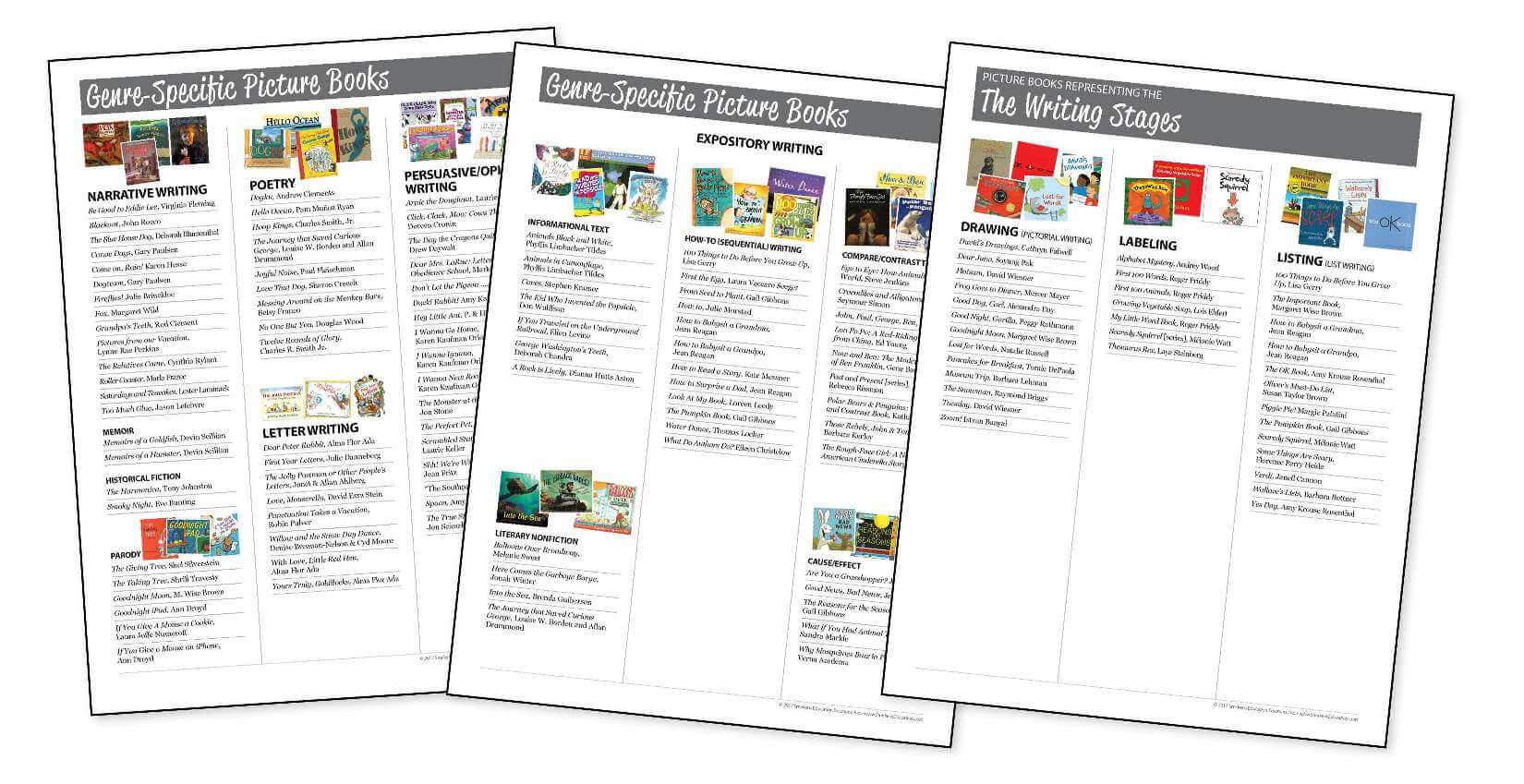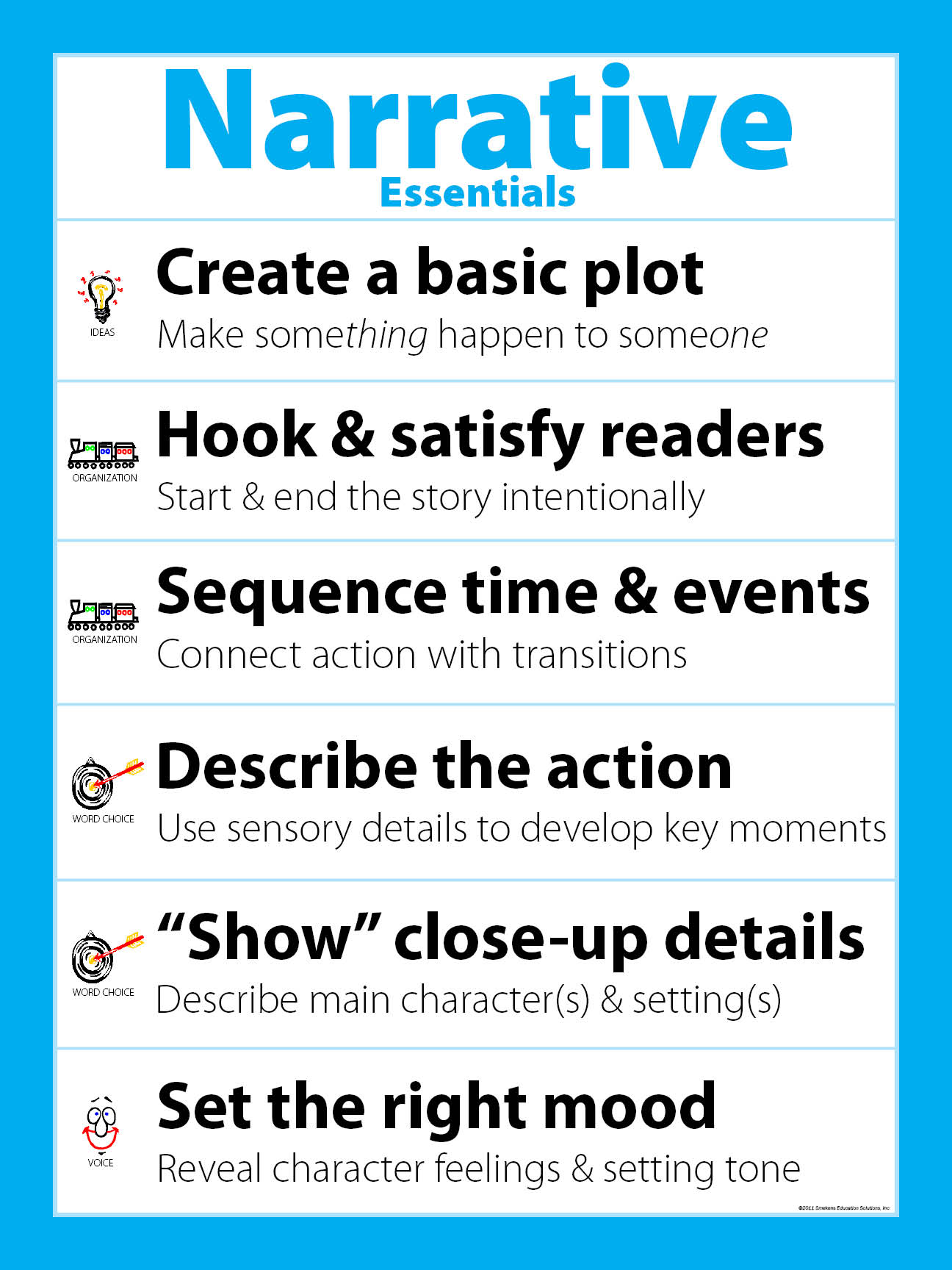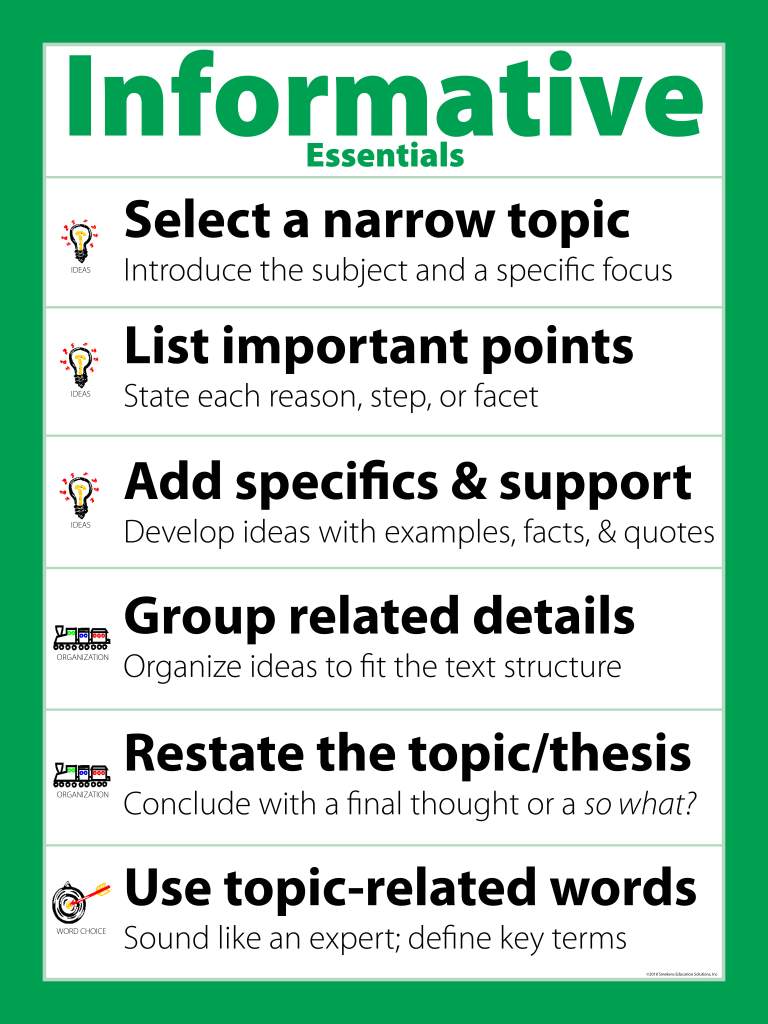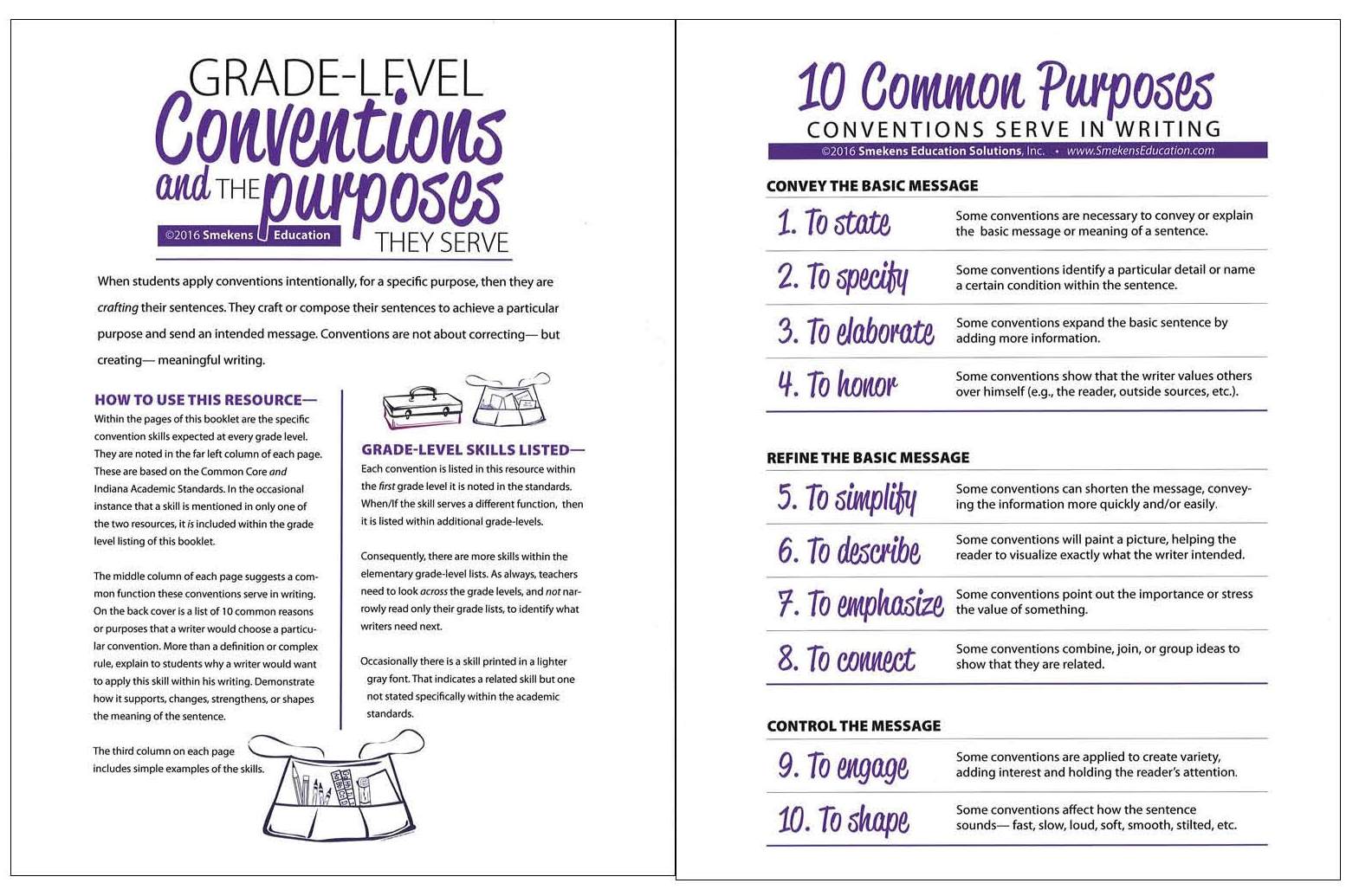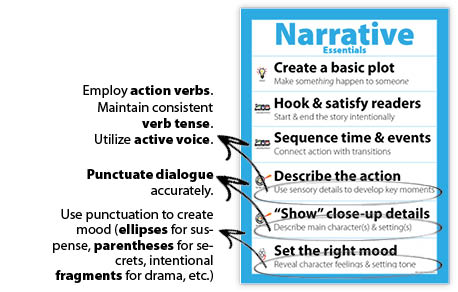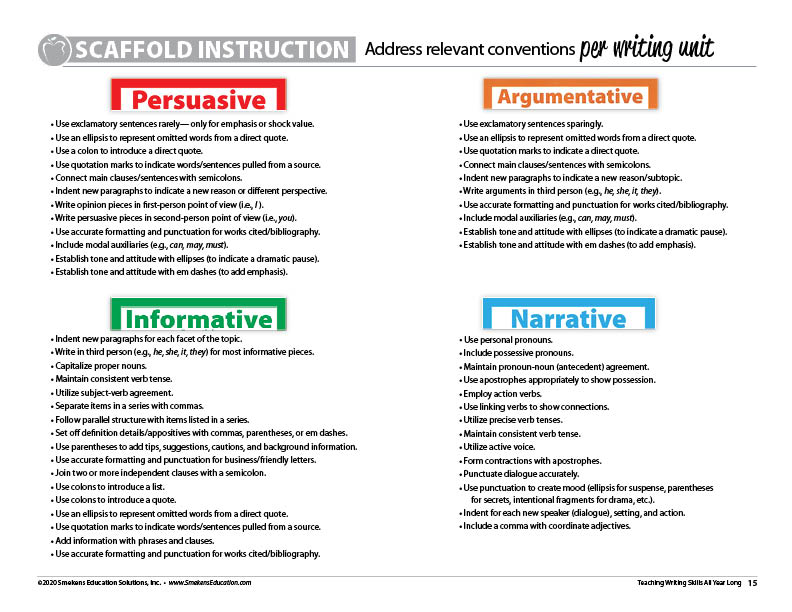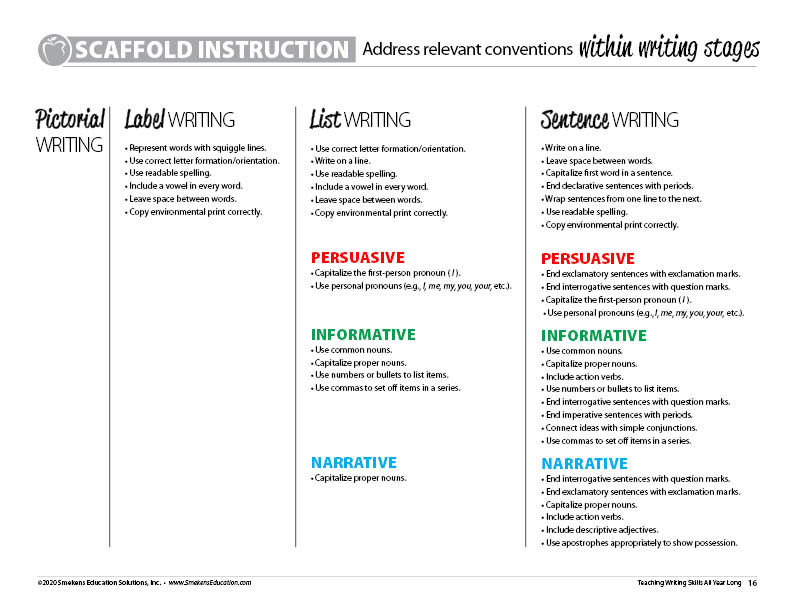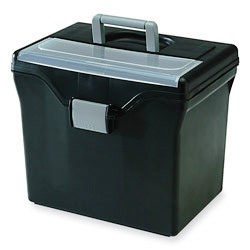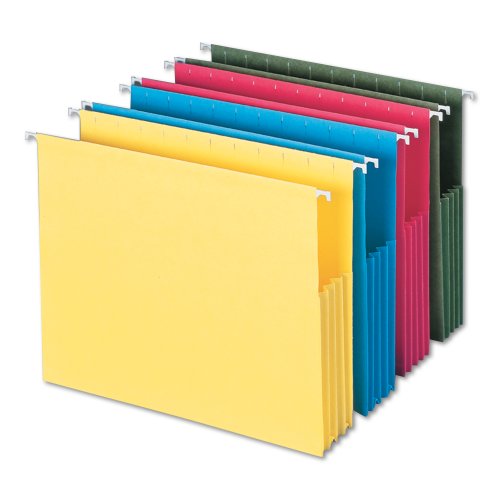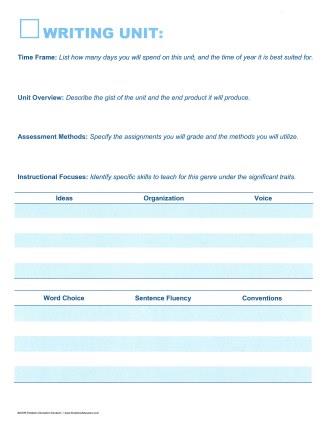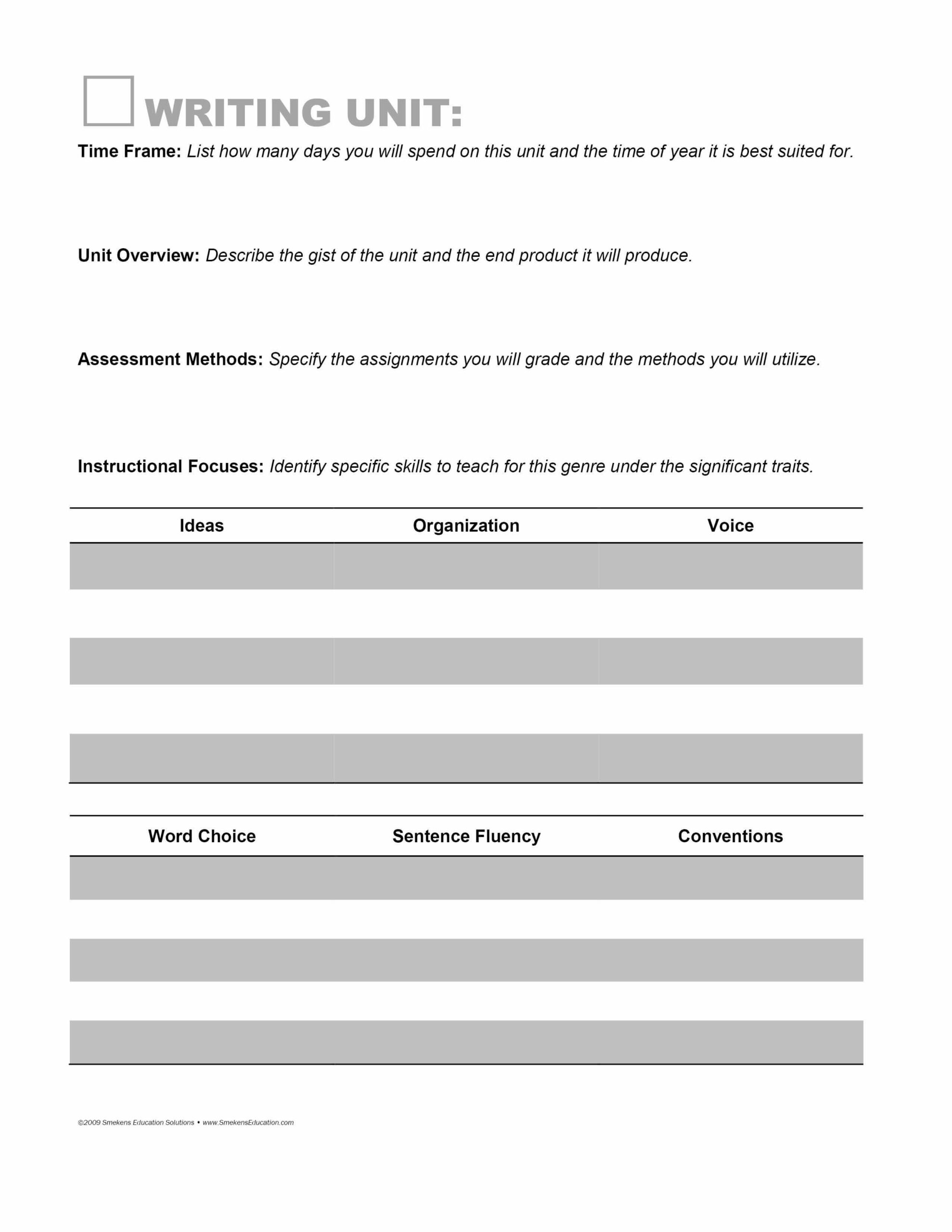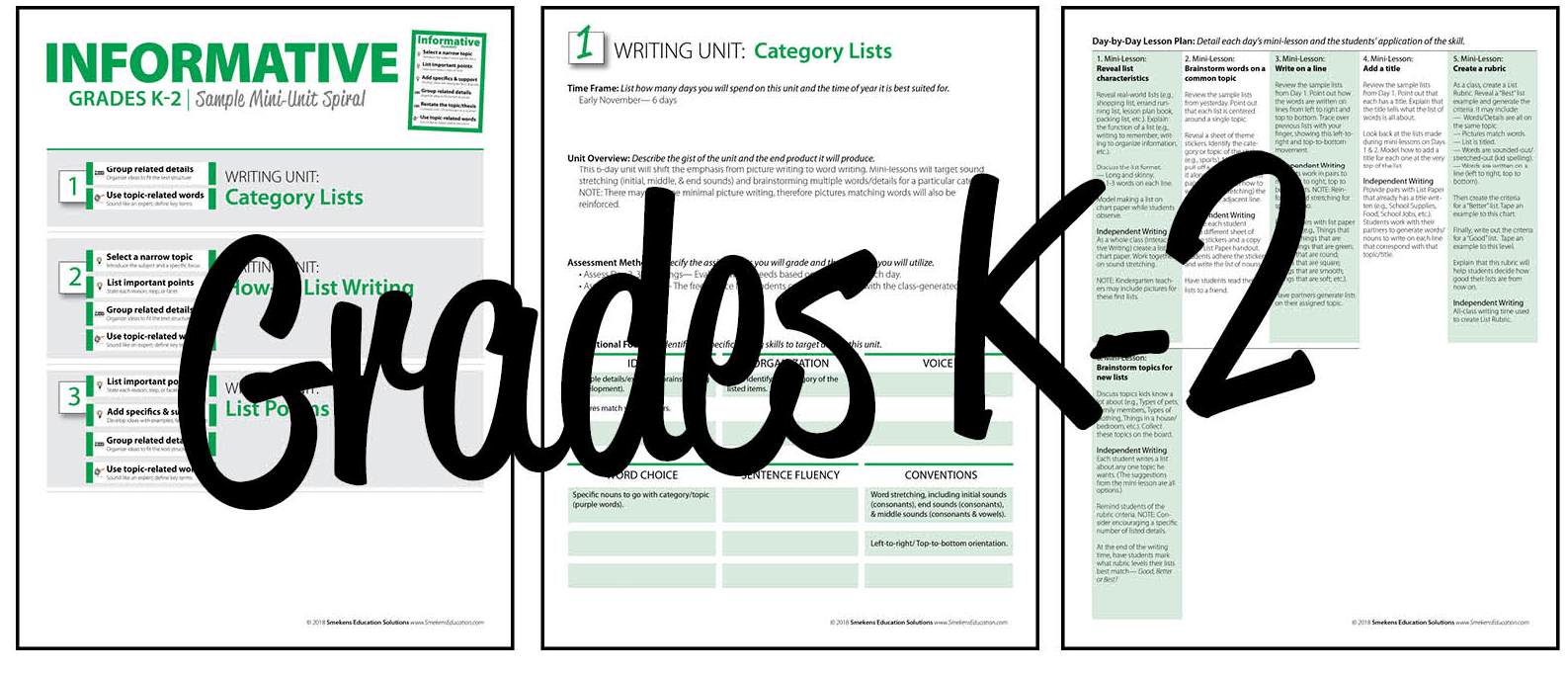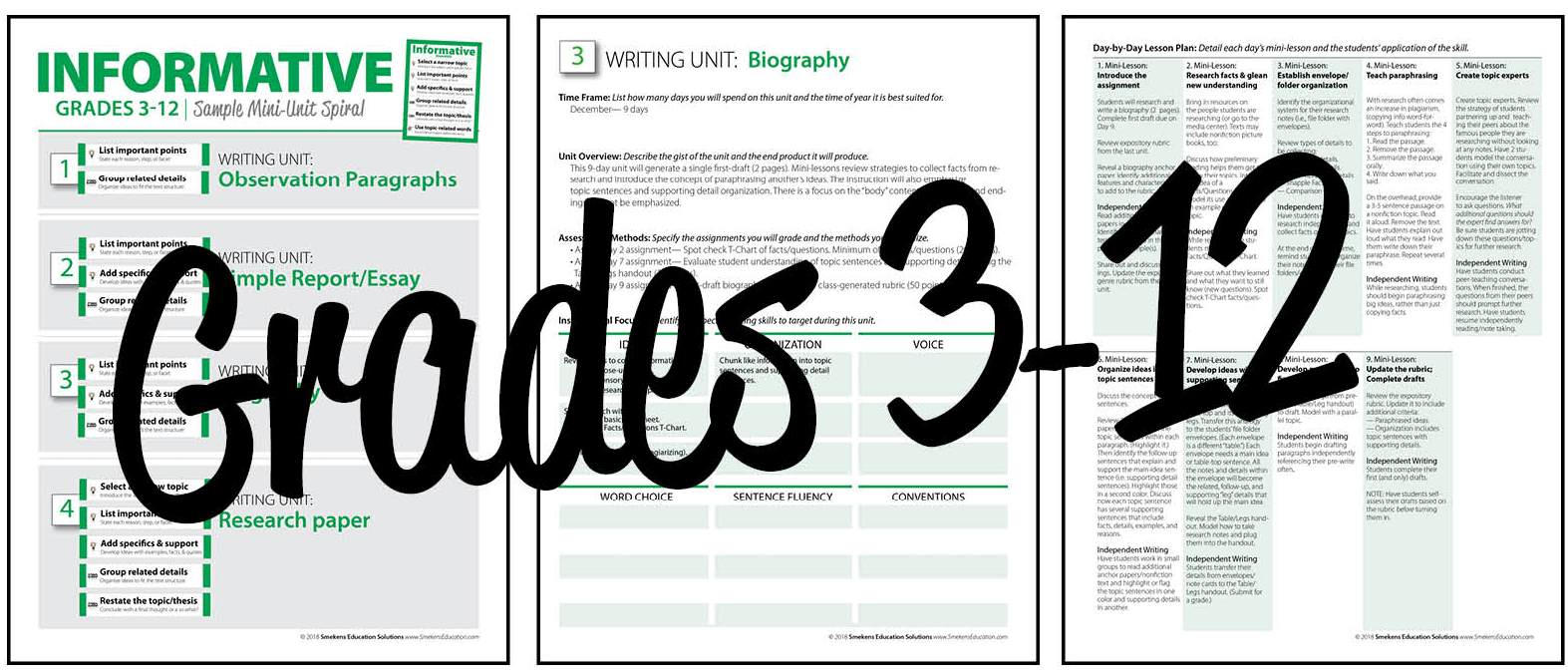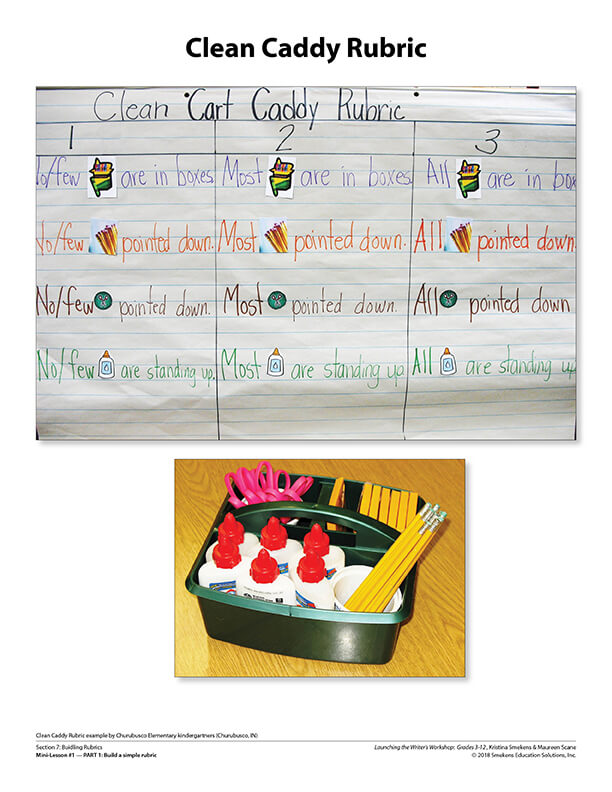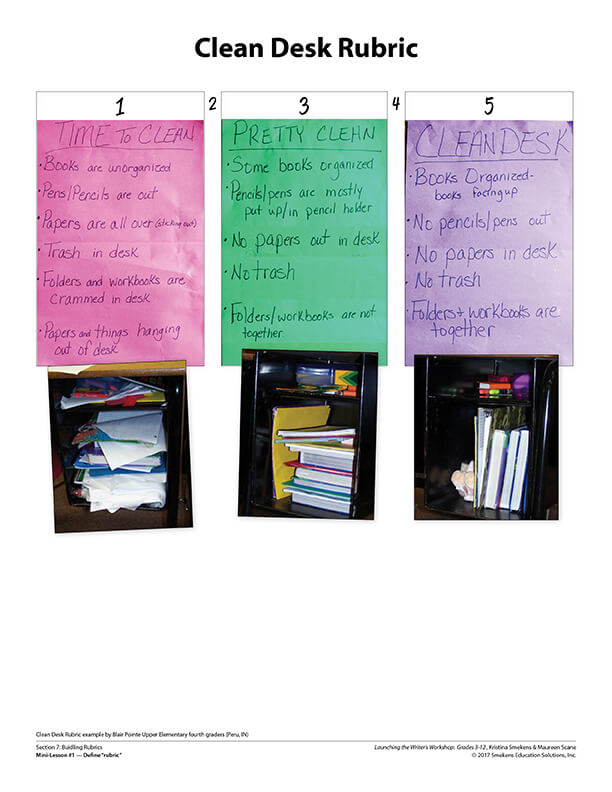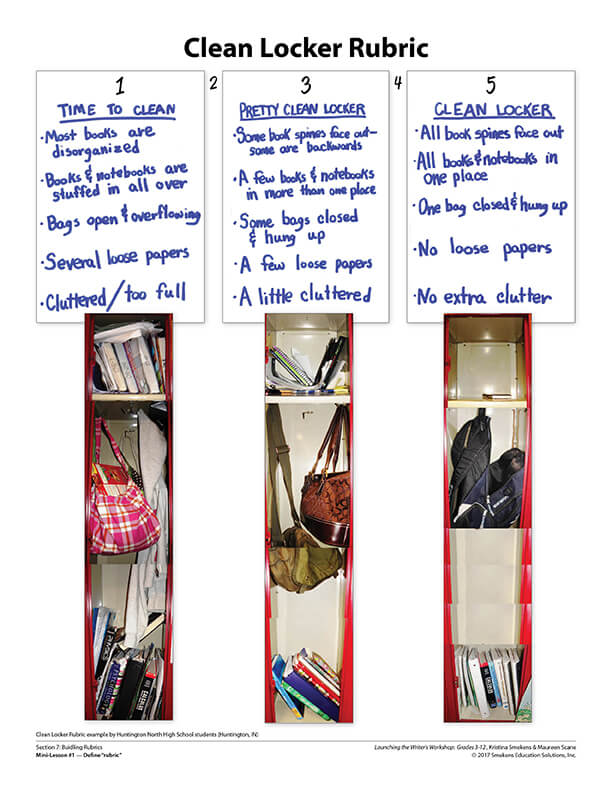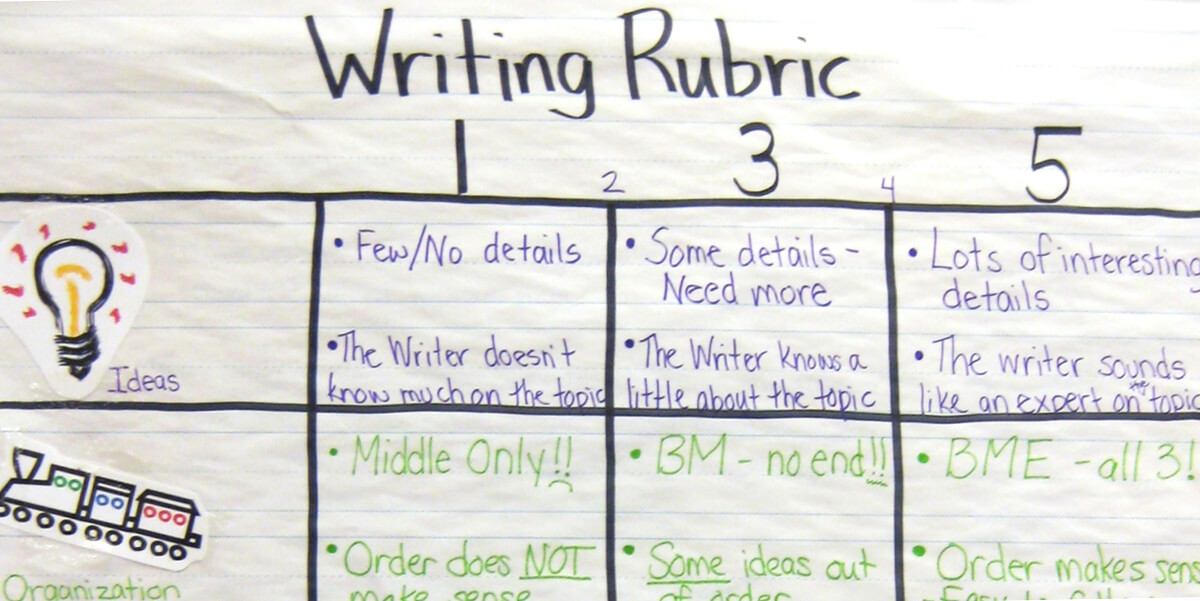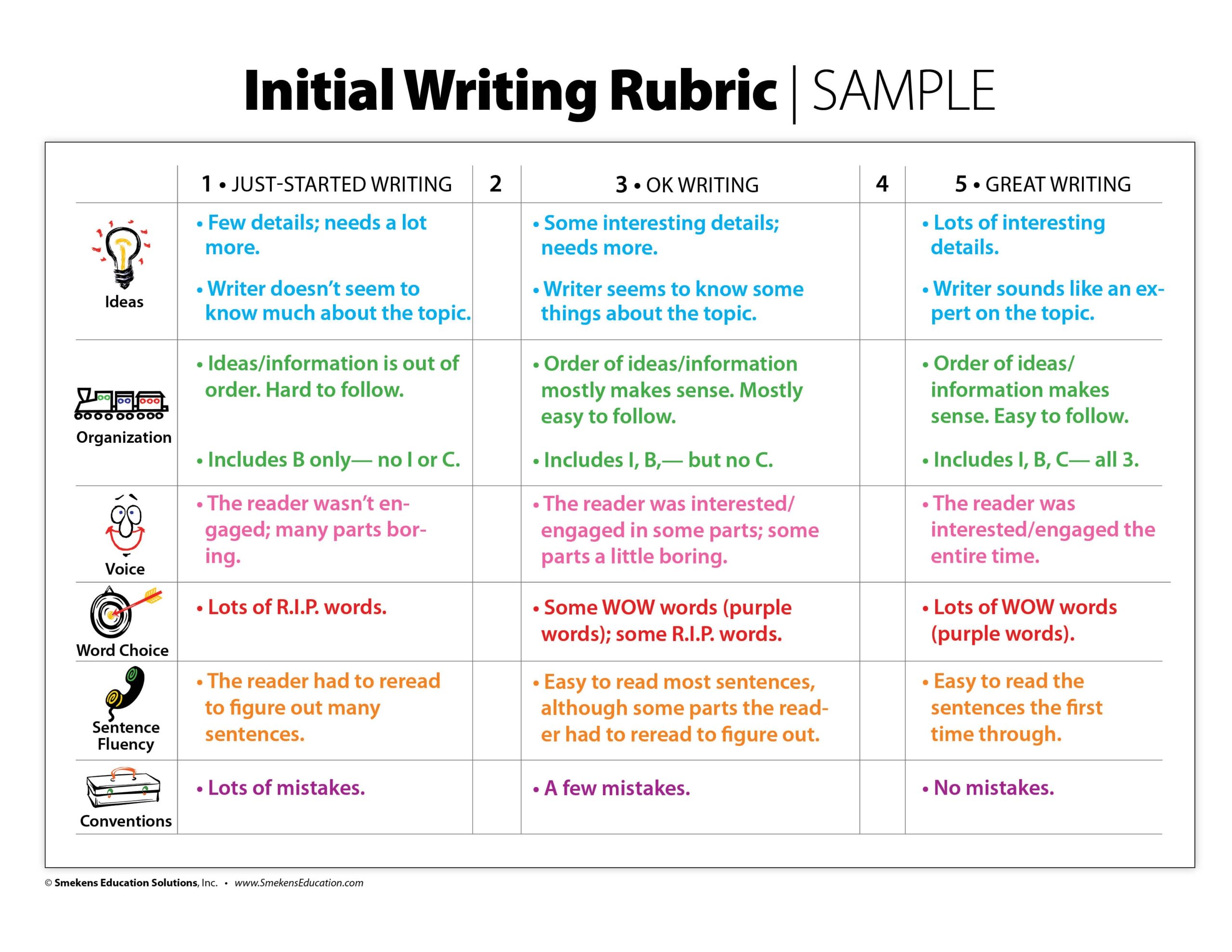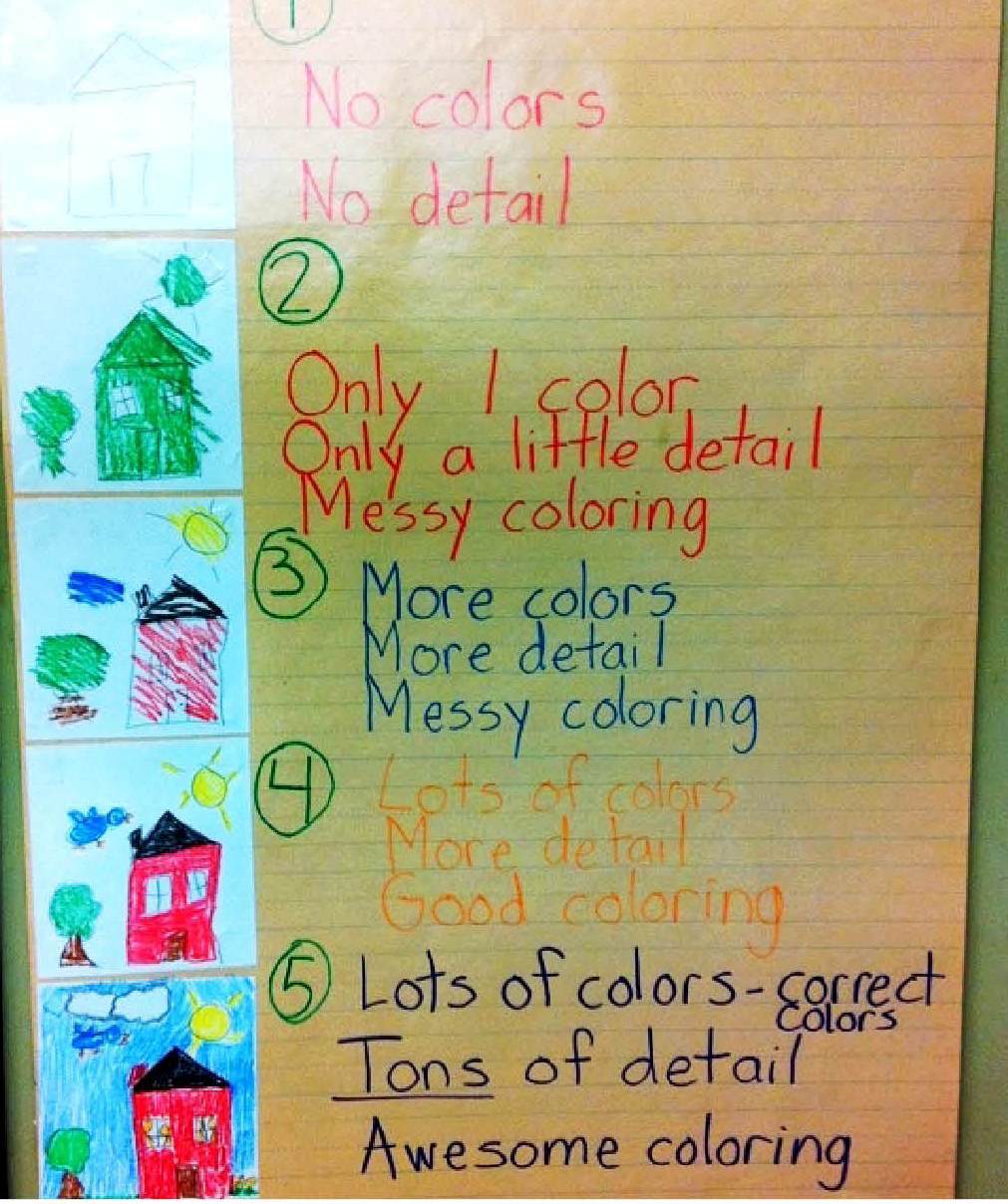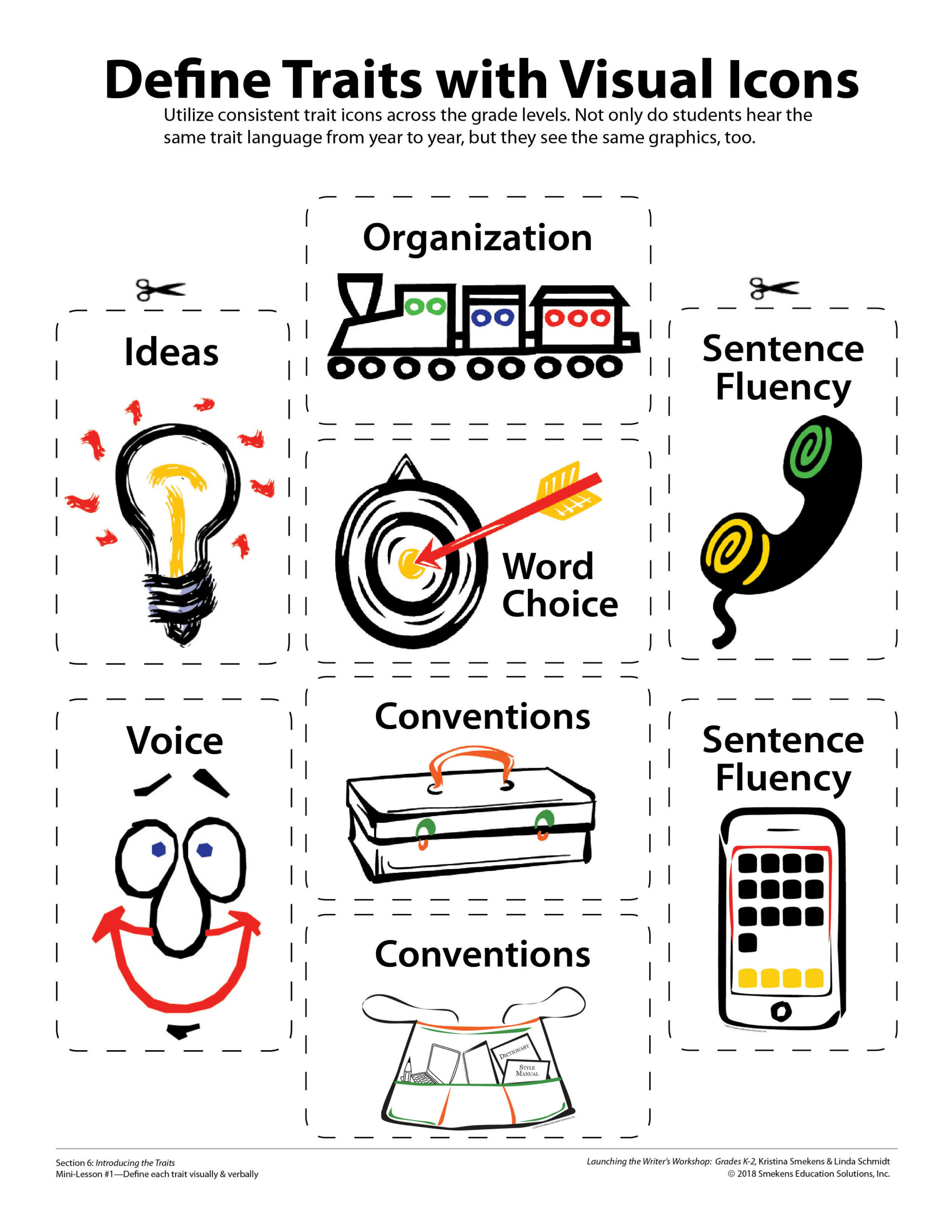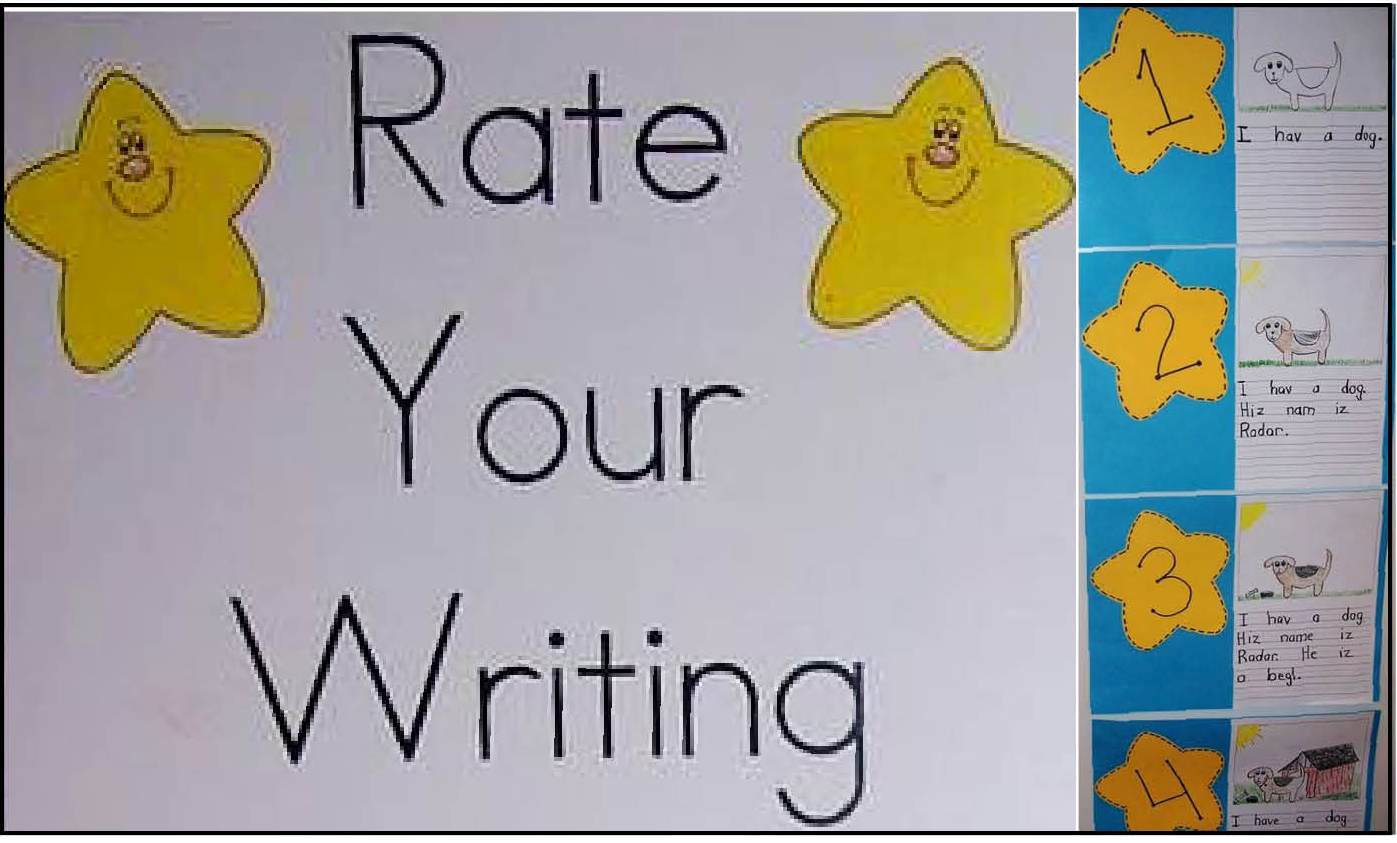Teaching Writing Skills All Year Long
SECRET SITE
Quick Links
Analyze Mini versus Mother lode
Develop a yearlong vision
Find time for writer’s workshop
Integrate the Writer’s Workshop within the subject area.
Grades 6-12: Juggle reader and writer workshops in 50 minutes.
Grades 6-12: Skim and slim portions of a whole-class novel.
Grades 2-12: Explore bell-ringer options for reading and writing.
Introduce the Writing Modes
Clarify mode versus genre
With each spiraled mini-unit, target a different genre. Look across grade levels to ensure students experience a variety of genres.
Honor developmental stages within the modes
Kick Off a New Unit
Dissect mentor text examples when introducing a new genre
For free anchor papers, check out Kristina’s favorite websites. Most include detailed criteria for which skills the piece exemplifies.
Appendix C of the Common Core ELA standards includes K-12 student writing samples per mode.
Trait Trackers include a list of trait-based writing skills that could be taught using popular picture books.
Plan Essential Skills
Identify the essential skills to teach per writing mode
Honor the “trump” traits
Recognize the essential skills per mode.
Teach conventions in context
Tie conventions to writing skills, units, and stages
Scaffold Writing Experiences
Redefine what counts as a writing product
Organize Lesson Materials
Create a Writing Crate of lesson resources
Plan the specifics of each mini-unit
Save these editable Word documents to your virtual Writing Crate, or print the pages back-to-back, tape them together, and create mini-unit folders.

ARGUMENTATIVE / PERSUASIVE:
Red 4-page unit template
INFORMATIVE:
Green 4-page unit template
NARRATIVE:
Blue 4-page unit template
UNIVERSAL MODE:
Gray 4-page unit template
Download sample informative mini-unit lesson plans and resources
Three mini-units for K-2 informative list-writing
List Paper
List Paper, with a title
“Things that are Blue,” example
List Paper, with a title and numbered lines
“How to Do Laundry,” example
“How to Do Laundry,” example with transitions
“How to Give a Dog a Bath,” example
“How to Get Ready for School,” example
List Poems, examples
Assess the Writing Products
Build a non-writing rubric to first teach key terms
Clean Desk
Books | Folders | Binders | Pencil Box
Build trait-based analytic rubrics
When starting Phase 4 of the launch, Kristina referenced the power of creating kid-friendly rubrics with your students. This concept is reinforced in an article in the February 2012 ASCD Education Update newsletter and based on the report, Informing Writing: The Benefits of Formative Assessment by the Carnegie Corporation of New York.



